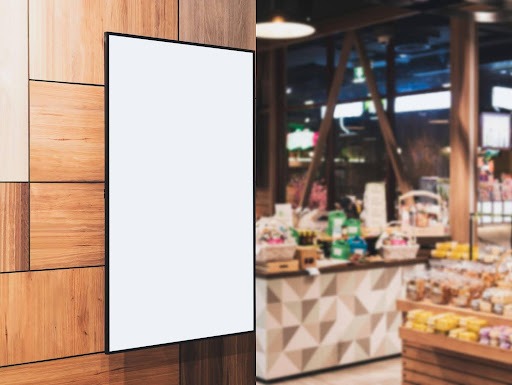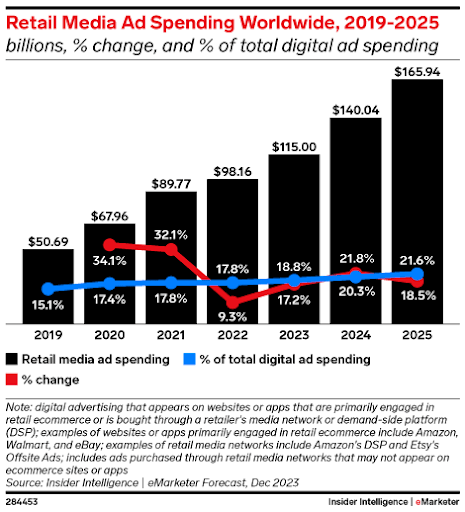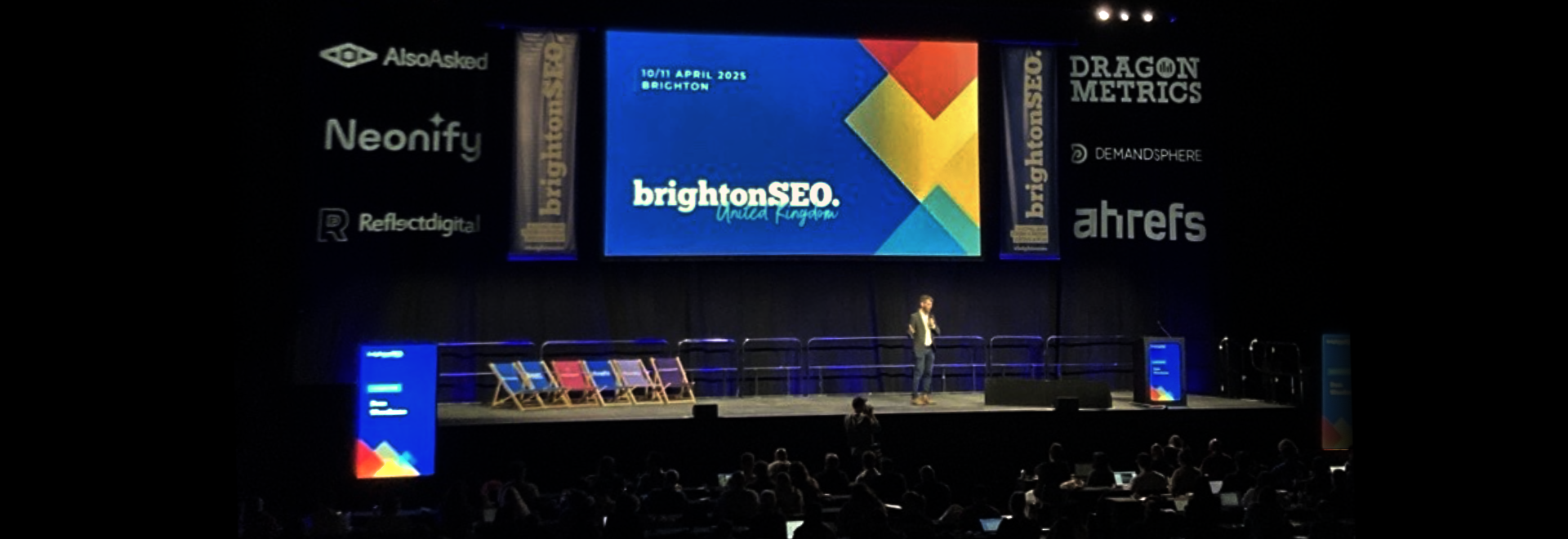As we approach the second half of 2024, the retail media landscape continues to evolve rapidly, driven by technological advancements, shifting consumer behaviours, and emerging market dynamics. In this article we’ll explore the key trends which we expect will shape the future of retail media. Before we dive in, let’s understand what Retail Media entails.
What is Retail Media?
Retail media refers to the advertising and promotional opportunities available within the retail environment, predominantly online but also moving offline, where brands can engage with shoppers directly. It encompasses various channels such as e-commerce platforms, retail websites, physical stores, mobile apps, and loyalty programs. Essentially, retail media allows brands to reach consumers at the point of purchase or during their shopping journey, enabling targeted advertising, product placement, and personalised promotions to influence purchasing decisions. This form of advertising capitalises on the vast consumer base and the valuable data generated within the retail ecosystem to deliver relevant and impactful marketing messages.
According to eMarketer, retail media is forecasted to be a ‘$55bn industry in 2024’ in the US and ‘$4bn in the UK’ and ‘significant growth’ through to 2027. Although the forecasts sound outlandish, the numbers are starting to add up as the budget starts to move from other channels (predominantly sales focussed budgets rather than marketing ones).
Source: Insider Intelligence | eMarketer Forecast, December 2023
Key Predictions for 2024
- Hyper-Personalisation: In 2024, personalisation will go beyond simple product recommendations based on past purchases. Retailers will leverage their access to first party data from their platforms and advanced data analytics, to deliver hyper-personalised shopping experiences tailored to each individual consumer’s preferences, behaviours, and context. This will include personalised advertising, content, promotions, and even in-store experiences, driving higher engagement and conversion rates. Most retailers have already implemented this using their loyalty card data to provide personalised offers, based on purchase behaviour.
- Omnichannel Integration: The lines between online and offline retail channels will continue to blur as retailers strive to create seamless omnichannel experiences. In 2024, we will see increased integration between physical stores, e-commerce platforms, social media channels, and mobile apps. This will enable retailers to provide a consistent brand experience across all touchpoints, from discovery to purchase to post-sale support, enhancing convenience and customer satisfaction. Digital screens are becoming more prominent in supermarkets allowing retailers to update offers in real time, based on stock levels, and entice customers to purchase the latest promotional offer. Gone are the days of bulky gondolas at the end of every aisle that needed to be dismantled and set up with the next promotion.
- Birth of Retail Media Networks: Many retailers have spotted the opportunity to monetise the large volume of traffic on the website by setting themselves up as retail media networks. Walmart is the first to take this a step further by buying a TV manufacturer itself! Retailers will increasingly monetise their digital properties by offering advertising opportunities to brands within their ecosystems. Retail media networks, consisting of owned and operated media channels such as websites, mobile apps, and loyalty programs, will become a lucrative revenue stream for retailers. Brands will leverage these networks to reach highly targeted audiences at various stages of the customer journey, driving sales and brand awareness. The next step in this journey is the offer of non-endemic advertising, selling products that are not stocked by the retailer, for example, Nike using the Tesco retail media to sell trainers.
- Incrementality: Incrementality analysis is expected to emerge as a key trend for retail media in 2024 as advertisers seek more effective ways to measure and optimise the impact of their advertising investments in an evolving and increasingly complex digital landscape. By adopting incrementality analysis methodologies, advertisers can gain deeper insights into the true effectiveness of their campaigns and drive better business outcomes. Access to first party data from their own platforms will help the retailers create a more robust case for an increase in budget to be spent on their platform.
- Data Privacy and Consent Management: The increased focus on data privacy and compliance regulations such as GDPR and CCPA, means that retailers will prioritise data protection and consent management in their retail media strategies. Since retail media networks use first party omnichannel data, where consumers have willingly signed up with their personal information, they are agreeing to the use of this data and retailers are adhering to data privacy guidelines.
Looking Ahead
Retail Media is expected to grow significantly over the next few years, and we expect to see significant transformation. From the rise of e-commerce platforms and the growing importance of personalised advertising to the integration of data-driven insights and the evolution of in-store experiences, retail media is poised to play a significant role in shaping the future of retail marketing. By adopting these key trends and embracing innovative strategies, retailers and brands can position themselves for success in a competitive and dynamic marketplace.
Author: Tony Thomas
Published: April 18, 2024



































